Folded Co-Producer Arran speaks to Juliet Klottrup, winner of Portrait of Britain Award BJP and shortlisted for Portrait of Humanity BJP, about success in the industry, The Blackwell Exhibition and sandals.
SERVED: Juliet Klottrup
What is your favourite film?
My experience and upbringing on film started with whatever my older siblings were watching, which was mainly 90’s American films and lots of Tarantino. The bombardment of violence, bold images, strong social commentary and American landscapes were largely where my film education started. That being said, watching some of them now as an adult, they don’t hold up to my personal standards. I have a backlog of films that have made an impression on me but that don’t necessarily meet the criteria I have for filmmaking I enjoy today. I like films that aren’t necessarily a documentary, but carry and present strong social themes like ‘La Haine’ which I saw growing up. Equally, grief is a topic that I am drawn to in film. The film ‘After Life’ directed by Hirokazu Koreeda is about a group of people who after death, have a week to recreate and construct a memory that they want to keep living for eternity. It’s a beautiful film and it makes you think as a viewer, what memory would you choose if you were in this situation? To summarise, my favourite film choices are eclectic and nostalgic.
What does reflection mean to you?
Reflection to me is an opportunity to give myself two rolls of film, go on a hike, and just limit myself to 20 shots. Reflection is permission to be present and to engage in the cathartic experience of going on a walk. I’m really influenced and informed by the landscape where I live, it’s coming out in all the work I’m making at the moment. One really fun project where this was key was ‘Golden Ratio’ with Hayden Thorpe for Issue Four: Movement. When in lockdown, we both separately saw two foil love-heart balloons drifting along the landscape. Hayden and I scampered around the lakes with some foil balloons and had them drifting across different special places that represented something for both of us. The idea of love just appearing within the landscape made this such a beautiful project to be a part of and to reflect on.
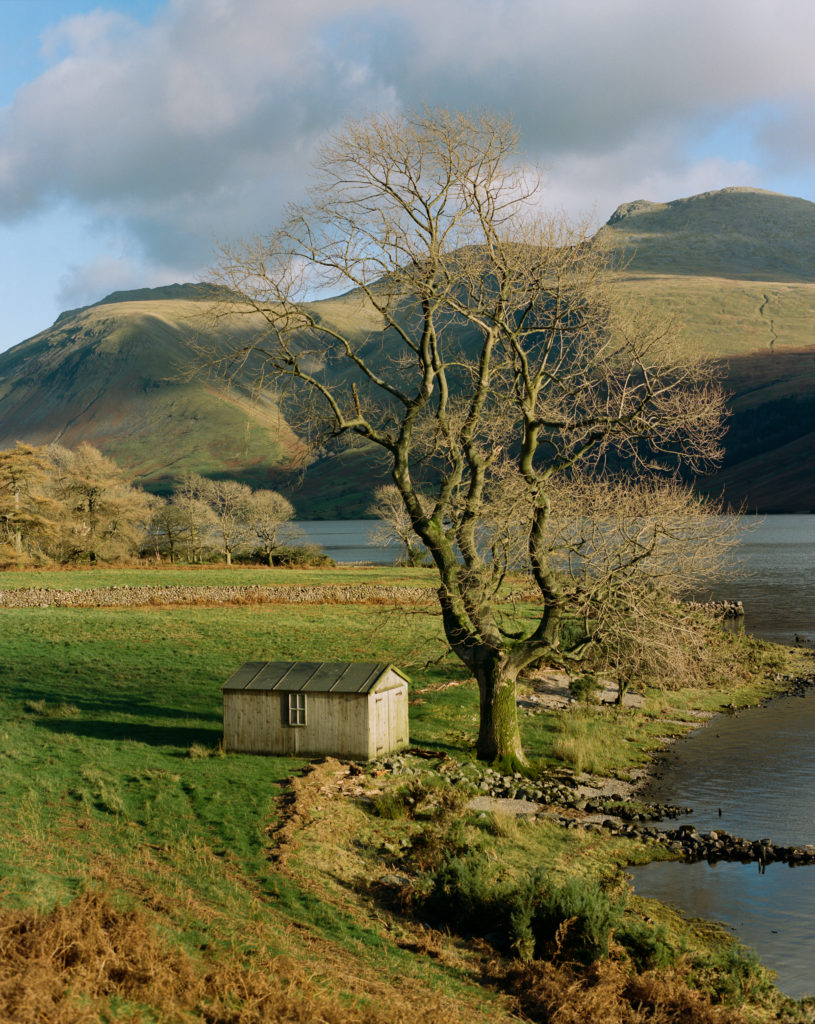
© Juliet Klottrup | http://julietklottrup.com/
07547677820
julietklottrup@gmail.com
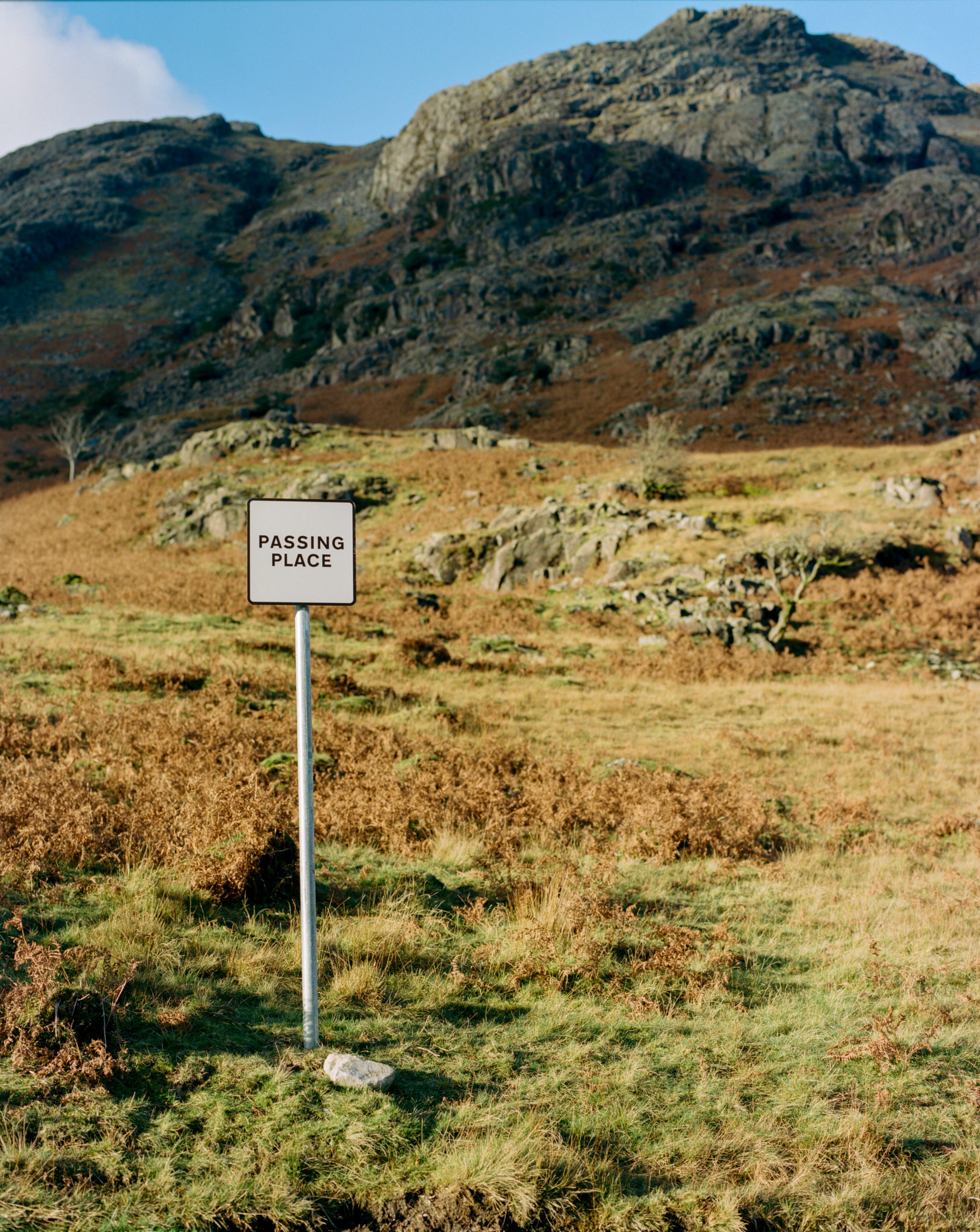
© Juliet Klottrup | http://julietklottrup.com/
07547677820
julietklottrup@gmail.com
How did you get started with filmmaking and photography? Are there any tips you’d give to people starting?
I went to university in Brighton and studied illustration and began with painting portraiture. I still paint, but during my university experience, I felt that the most direct way to answer a brief was to use photography and film. It is much quicker to create something in those mediums and there’s something about photography and film where you can be more concise. Mostly, I shoot on film because the act of putting in a roll of film and recording a direct representation of what is happening in front of me with very little editing is something I find very powerful. For anyone starting out, I don’t believe everyone has to study the arts to be an artist. But I found during my degree that I was surrounded by other artists (my housemates and friends) who were all studying degrees like fashion and graphic design; this creates more opportunities for collaborations. I think you can learn the trade of photography outside of education (as I didn’t study it) by assisting others or being brave and making content. I would encourage this because had I just started with purely photography, or assisting people, I would be further along within my skill set. That being said, I do think that I am the kind of maker I am now because of my experiences; I recommend collaborating, experimenting, researching and watching as many films as possible.
If you could photograph/work with anyone in the world, dead or alive, who would it be?
One person whose work I always referenced and draw from is the photographer, Tish Murtha. Sadly, she passed away quite young. She was a British social documentary photographer who documented marginalised communities within Newcastle. I would love to have worked with her because of the way she gently captures the corners of the community that is uncovered. Largely, she photographs youth culture and I think her images are honest, raw and beautiful. Her family have preserved her archive which means that Tish’s images have now outlived her and serve as a really important document of British social history.
What was your first film?
The first film I ever made was a mash-up of archived footage from YouTube and different films. Essentially, when you watch it, it’s a conversation of people talking about love. This was the first film I uploaded to Vimeo, which you can find here. The first film I made that I took to film festivals was Landscape of Teenagers which is how Youth of the Rural North came to fruition. Landscape of Teenagers was a final year project at university, and it was moving portraits of young people across the UK combining youth, photography and film. The contrast of youth from different locations was stark, I was filming teenagers from Brighton, London, Manchester, Leeds, The Lakes and Birmingham from their lived-in experiences. I wanted to do Youth of the Rural North in the lakes because having not grown up here, I was so interested to learn about the experience of growing up in a rural area I now call home and how diversity represents itself within different areas.
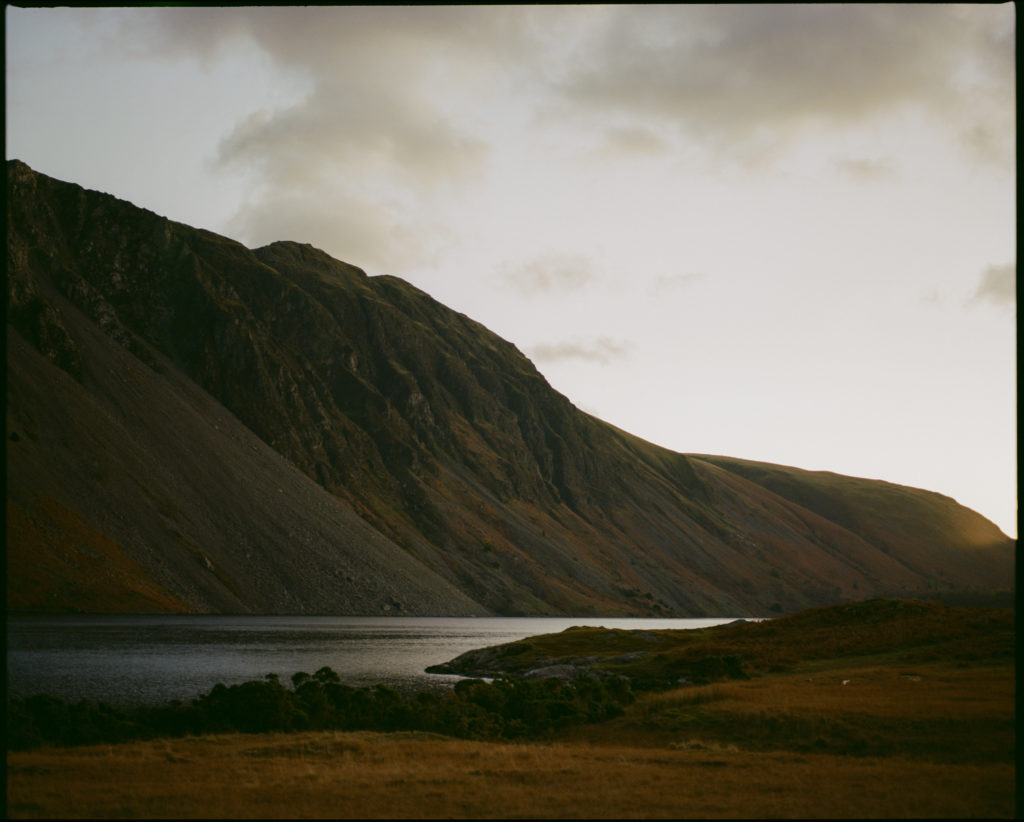
© Juliet Klottrup | http://julietklottrup.com/
07547677820
julietklottrup@gmail.com
“My friend told me that while he was in London, he didn’t step foot on grass for three weeks. I just find that so sad.” Youth of the Rural North and Landscape of Teenagers are both stunningly beautiful films that capture so accurately and eloquently the people featured in them. They can be found on Juliet’s website here.
What was your first camera? If you remember the first picture you took on it – what was it and what was on your mind when you took it?
I grew up with loads of disposable cameras around me. One time, I remember going on a mini photoshoot with my brothers and them taking a photo of me sitting in front of a poster of Cameron Diaz and Claudia Schiffer. You can see our old house perfectly in these rolls of film and it’s amazing that at about four years old we we took all these wonderful images. On school trip, I remember bringing my disposable camera and taking pictures of things like the toilet, dormitories, where we were eating and just generally documenting everything I saw while I was there. I think I was mimicking my mum and dad in a lot of ways, who documented my entire childhood through photos and VHR tapes. Both of them captured so much and is, I think, a big origin of why my style is the way it is.
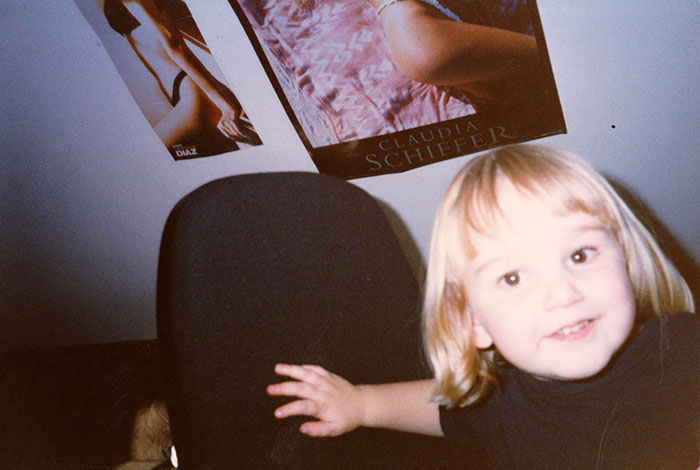
© Juliet Klottrup | http://julietklottrup.com/
07547677820
julietklottrup@gmail.com

© Juliet Klottrup | http://julietklottrup.com/
07547677820
julietklottrup@gmail.com
Any embarrassing stories throughout your professional experience?
I was doing a job for the RAF to shoot at the Horse Guards Parade near St James’s Park during the summer of 2018. The area where the parade is what I’d describe as a ‘dust bowl’ with the wind. Usually, when I’m shooting, I’m scrabbling around on the floor, wearing all black, looking like I’ve come straight off a building site. We all remember the summer of 2018 with the world cup and love island, it was a beautiful and hot summer for every area in the UK, and I thought that for this particular shoot, I may have to put on a pair of sandals. Luckily, I talked myself out of it last minute but my producer, however, did not. Subsequently, she was told she could not come onto the site in sandals for health and safety reasons. My producer decided that if she were going to go buy a pair of trainers, she was going to buy a pair of trainers that she liked and would wear again in the future (very fair and sensible). So, after a mini shopping spree, she arrived back at the site in trainers. It taught me that for these kinds of jobs, you have to be dressed for all eventualities. Wear appropriate footwear, bring sunglasses, sun cream, jackets, umbrellas, and absolutely under no circumstances, should you wear sandals.
What does the idea of ‘success’ within the arts mean to you?
I’ve been a waitress, a Christmas elf, I’ve worked in a call centre, as a stylist, done volunteer work, graphic design, photo-editing, production, running – name a job and I’ve probably done it. Sometimes when you’re starting out as freelance, you do have to do other jobs to support yourself. This shouldn’t be confused with being ‘unsuccessful’ within the industry. You do these jobs to give yourself money, which essentially affords you time. If you’re able to give yourself just one day, two days a week, however many days you can afford to dedicate to your craft then it doesn’t matter what else you’re doing as long as you’re happy, healthy and keeping yourself afloat. There’s nothing wrong with working, you can do whatever job with zero shame. If you care about something, you need to put that time and effort into maintaining it and finding the right balance. I am a sum of my experiences so when I am on a shoot, I am bringing forward that person who once dressed up like a Christmas elf or that person who ran drinks on a busy Saturday night. It’s not a linear career, it can be hard to describe how you get there and what ‘success’ is, but as long as you know, then that one day a week is good. You’re protecting and investing in the future ‘you.’
What inspires you most? And where do you look for inspiration?
A work-life balance is really important because I don’t often switch off. For example, if I’m on a walk, I’m always looking and I’ll have brought my camera with me. I have a lot of friends who work 8-6 so I try to clock in the same time as them, while also allowing myself sick days and holidays. Scheduling time to relax and saying to myself today is a ‘play day’ and not only allowing myself to switch off but encouraging myself to do so, is so important when it comes to finding inspiration. When you’re self-employed, you have to keep your timings secure and if I don’t adhere to that, I’m not going to be the best version of myself possible. If we talk about inspiration in a literal sense, however, my answer would be this: anything and everything inspires me. I’m drawn to people, I’m such a people-watcher, I take so much enjoyment from walking just for the sake of walking and I love going to exhibitions/cinema and overall, just being able to consume other arts. It’s important that when you do something that you love for a job, you still need to make time for yourself to love it for the sake of loving it, not just for work.
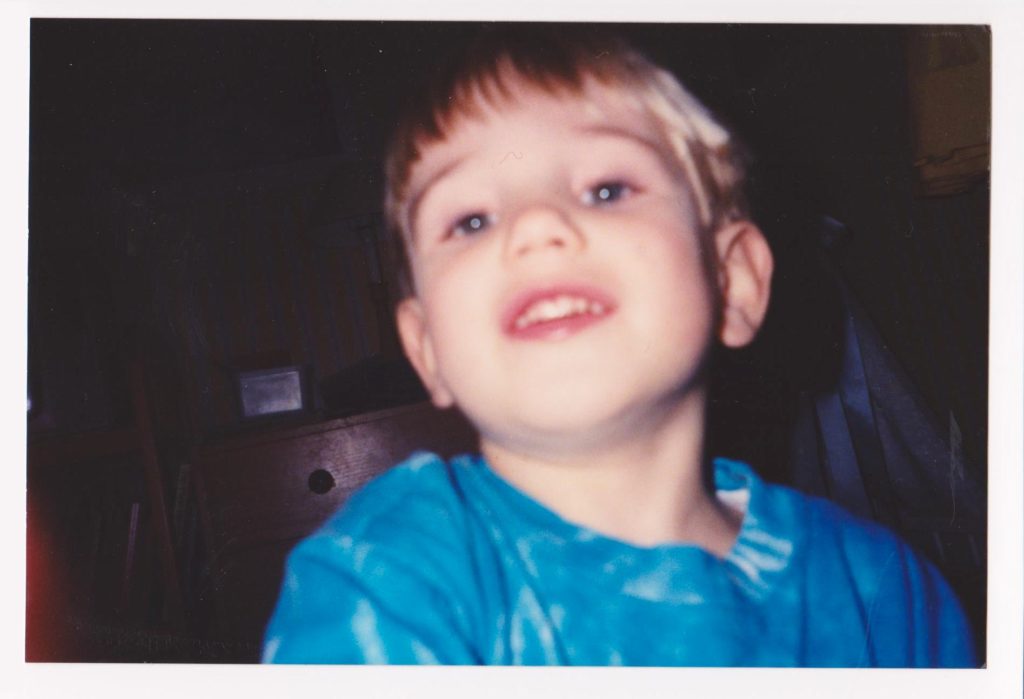
© Juliet Klottrup | http://julietklottrup.com/
07547677820
julietklottrup@gmail.com
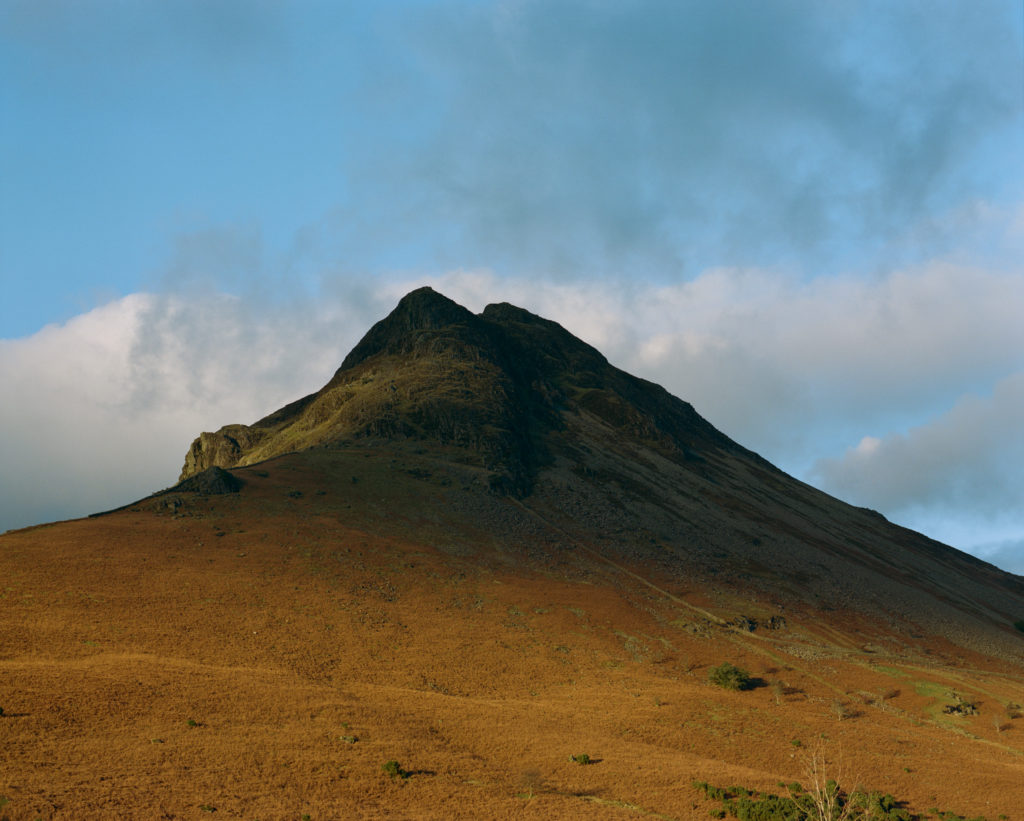
© Juliet Klottrup | http://julietklottrup.com/
07547677820
julietklottrup@gmail.com
The Blackwell Exhibition and Juliet’s role.
Blackwell House is an arts and crafts house in Bowness-On-Windermere and the curator, Naomi, said they were interested in working with me as part of an exhibition. The brief was ‘Joseph Hardman’ who is a late, great, Lakeland photographer who in the early 1920s was photographing Cumbria. A lot of his photography focuses on people working in Cumbria on the landscape. This included images of farmers, communities and weddings. They gave me a selection of his images and said “Given the last two years in Cumbria specifically, we would like images of things like weddings that were affected during lockdown or images of frontline workers” essentially those that could replace Joseph’s photography of the area. I had already spent Lockdown continuing to go on walks and meet people, for example, I photographed a group of travellers on their way to Appleby, who hadn’t seen some family in over two years because Appleby had been cancelled twice for the first time in its 250th anniversary. My sister had also gotten married during lockdown, so what I did was try to capture a diverse representation of the experience of covid in Cumbria because beyond the fells and the beautiful landscape, there were people who had had crazy and varied experiences. In a nutshell, I contributed a portrait of Cumbria throughout the pandemic.
Do you have any upcoming collaborations?
I’m working with Cumbria CvVen who are a skateboarding collective based in Barrow that was set up by women but not exclusively for women. Check out Folded Zine’s interview with them here. I’m also working on a documentary film about a lowland bog called Bolton Fell Moss in Carlisle. It’s a Science-art-community project led by The University of Cumbria with artists from The PLACE Collective. I’m already learning so much about this 421-hectare peatland which is transforming from a site of industrial peat extraction to a National Nature Reserve! It feels so important documenting environmental history in Cumbria.
What are you most excited about in the next few months?
I’m so excited to work with Cumbria CvVen. Lily, who runs it, is phenomenal and is doing such great work and there’s so much enthusiasm and energy – but apart from filming and photography projects, I’m looking forward to some structured time I’ve scheduled to paint. I’ve bought some large canvasses and plan to paint some portraits and abstract work. I’m inspired by colour, when you look at the landscape there’s such a deep array of colour and texture which I want to bring into my portraits to make them vibrant. I also want to add that I love FoldedZine, I love the bringing together of all these local creatives and I think it’s a really important network. I love the artist’s call-out and when I saw one for Reflection, I was so excited to be involved because it meant that I could work towards a brief that felt like such a treat for me. It’s exciting to be a part of and to rub shoulders with other creators.
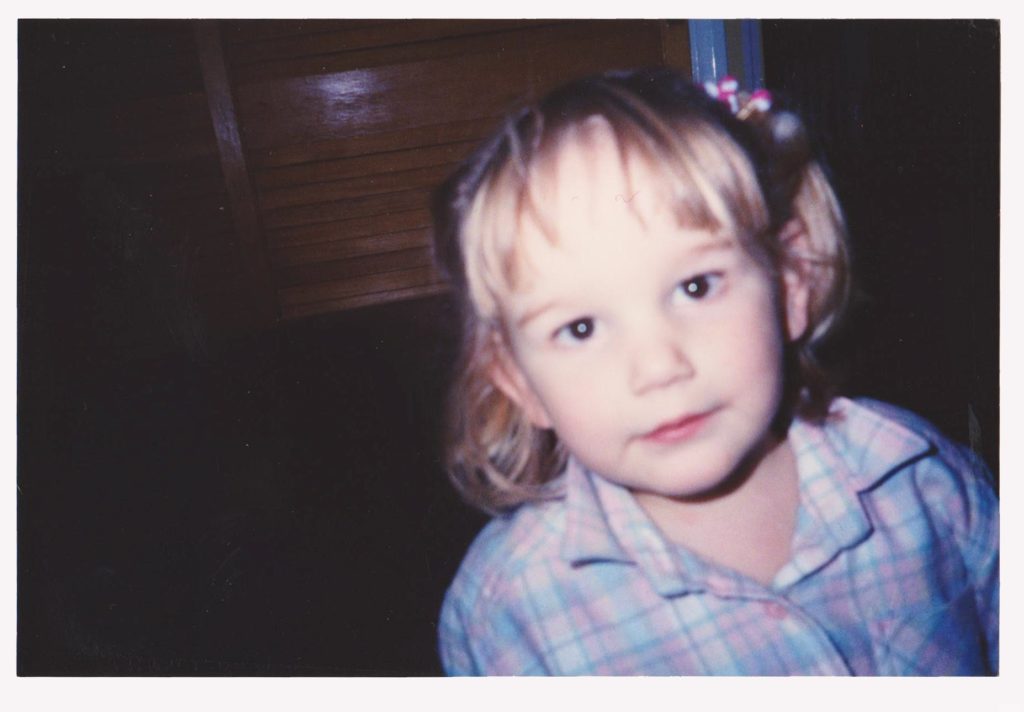
© Juliet Klottrup | http://julietklottrup.com/
07547677820
julietklottrup@gmail.com
Written by Arran Wylde-Eccles / @arranw_e
Instagram: @julietklottrup
Website: http/julietklottrup.cargo.site